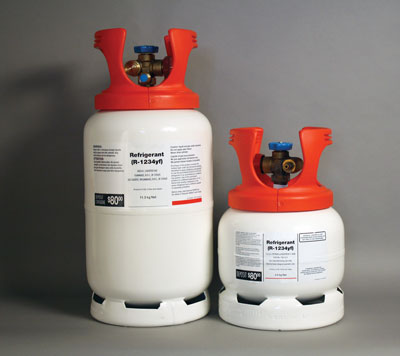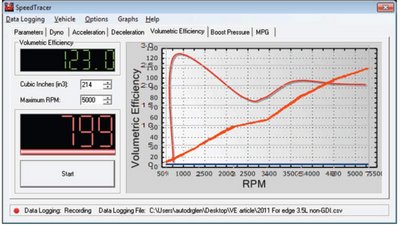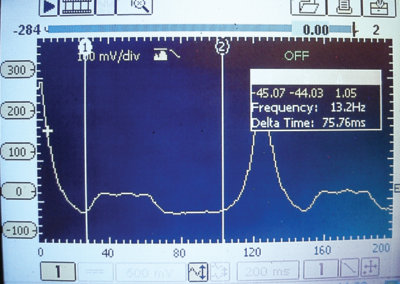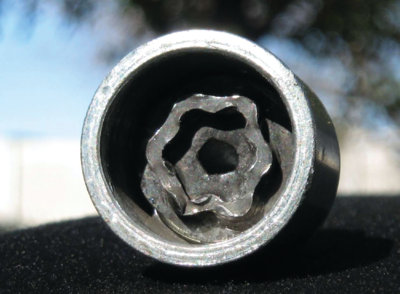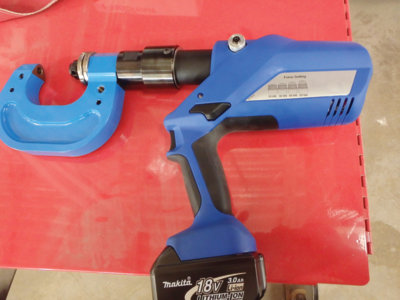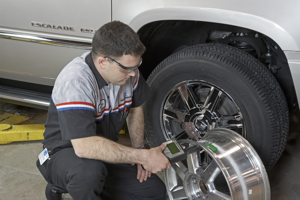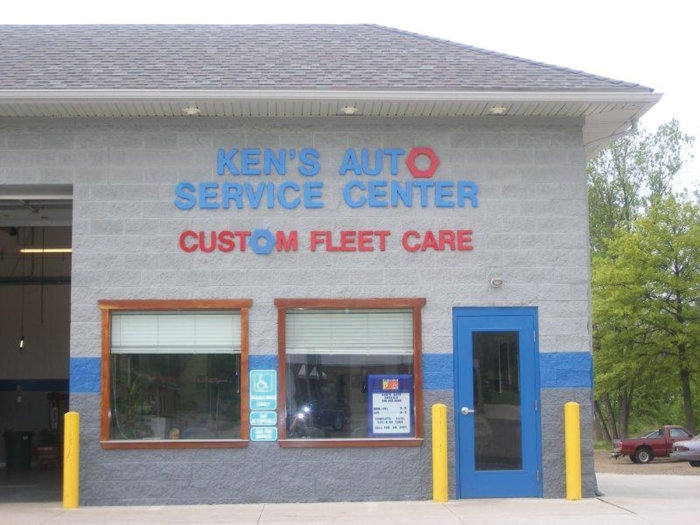Cooling system leaks have changed over the years. Not long ago, coolant leaks required immediate repair. But these days, leaks may go unnoticed until the vehicle starts to seriously overheat. To better meet these evolving challenges, Bar’s Leaks has reformulated its popular Liquid Aluminum Radiator Stop Leak into a next-generation stop leak for the entire cooling system.
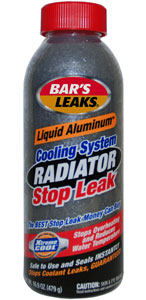
New Bar’s Leaks Liquid Aluminum Cooling System/Radiator Stop Leak (p/n 1186) has been specifically formulated to permanently seal the coolant leaks that cause most overheating problems. It now features the proprietary wetting agent Xtreme Cool. Xtreme Cool reduces the surface tension of coolant – which increases its wetting ability – as well as improves heat transfer and reduces coolant temperature. As a result, Xtreme Cool helps prevent future leaks and overheating.
“Bar’s Leaks Liquid Aluminum is the best cooling system stop leak you can buy,” says Clay Parks, vice president of development for Bar’s Products, manufacturer of Bar’s Leaks. “It is one of very few stop leaks on the market that meet the stringent ASTM D6107 specifications for engine cooling system stop-leak additives. We guarantee that it will safely and easily seal leaks in plastic, aluminum and copper/steel radiators, heater cores, gaskets and freeze plugs, or we’ll refund the purchase price.”
Bar’s Leaks Liquid Aluminum can be used in cars, trucks, vans, SUVs, buses and RVs—anything with a radiator. It is compatible with all types of antifreeze, including conventional green or blue (silicate-based) and extended life red/orange or yellow (OAT/HOAT) variants. It is added directly to the vehicle’s cooling system. No flushing is required. Most leaks are sealed instantly.
Bar’s Leaks Liquid Aluminum is available to distribution in case packs of six 16.9 oz. bottles. Like all Bar’s Leaks products, Liquid Aluminum is made in the U.S.A. The label includes directions in both English and Spanish.
For more information about Bar’s Leaks Liquid Aluminum or other Bar’s Leaks products, call (800) 345-6572, e-mail [email protected] or visit the website at www.barsleaks.com. The website offers a wealth of information, including product descriptions, tech sheets, material safety data sheets (MSDS), FAQs, company history and customer testimonials. You can also follow Bar’s Products on Twitter at twitter.com/barsproducts.


